Anniversary of Bosnian peace deal
Today marks the 18th anniversary of the initialing of the General Framework Agreement for Peace in Bosnia-Herzegovina, at a U.S. Air Force base in Dayton, Ohio.
Thursday, 21.11.2013.
13:01

BELGRADE Today marks the 18th anniversary of the initialing of the General Framework Agreement for Peace in Bosnia-Herzegovina, at a U.S. Air Force base in Dayton, Ohio. The deal ended three and a half years of war in that republic of the former Yugoslavia. Anniversary of Bosnian peace deal The Dayton Agreement was initialed on November 21, 1995, after three weeks of negotiations, by the then presidents of Serbia, Slobodan Milosevic, Bosnia-Herzegovina, Alija Izetbegovic, and Croatia, Franjo Tudjman. The agreement was officially signed in Paris on December 14, 1995. According to the document, Bosnia-Herzegovina consists of two entities, the Serb Republic (Republika Srpska, RS) and the Muslim Croat Federation of Bosnia-Herzegovina (FBiH). The office of RS President Milorad Dodik published a document to mark the anniversary, which is entitled The Dayton Structure of Bosnia-Herzegovina and the Legal Position of the RS. The document states it has been pointed out many times that Bosnia-Herzegovina is "a failed country that has no majority that identifies with it, because of the unresolved conflicts between its nationalities that were seen in the civil war." The Serb entity celebrates November 21as a holiday. "This is our way of expressing the significance of that date and choice to follow the Dayton Agreement as an international treaty that not only ended the war in Bosnia-Herzegovina, but also a certain presence and system of operation of Bosnia-Herzegovina as a complex country," says the document. Bosnia-Herzegovina's future has two directions, according to the document. The first is a reconstruction of the Federation of Bosnia-Herzegovina through the Constitution and the creation of a Croatian territorial entity, which would allow Bosnia-Herzegovina to become a confederation with the joint bodies having the jurisdictions outlined in the Dayton Agreement. The other is a dissolution of Bosnia-Herzegovina, again into three ethnic territorial entities, even if the Croatian issue is not resolved first. It would be optimal for Bosnia-Herzegovina to be composed of three parts, which would allow the Dayton Agreement to survive as one of the greatest successes of the U.S. foreign policy, the document says. RS Prime Minister Zeljka Cvijanovic said the Dayton Agreement was the cornerstone of the entity, "and that as such, it will be preserved." However, speaking earlier this week, Bosnian Presidency member Bakir Izetbegovic said that the Dayton agreement should be changed, and that Bosnia's future EU negotiations would be a "special opportunity" to achieve this. He also dismissed announcements of a future referendum in the RS as "election campaign gimmick." L-R: Milosevic, Izetbegovic, Tudjman (FoNet, file) Tanjug
Anniversary of Bosnian peace deal
The Dayton Agreement was initialed on November 21, 1995, after three weeks of negotiations, by the then presidents of Serbia, Slobodan Milošević, Bosnia-Herzegovina, Alija Izetbegović, and Croatia, Franjo Tuđman.The agreement was officially signed in Paris on December 14, 1995.
According to the document, Bosnia-Herzegovina consists of two entities, the Serb Republic (Republika Srpska, RS) and the Muslim Croat Federation of Bosnia-Herzegovina (FBiH).
The office of RS President Milorad Dodik published a document to mark the anniversary, which is entitled The Dayton Structure of Bosnia-Herzegovina and the Legal Position of the RS.
The document states it has been pointed out many times that Bosnia-Herzegovina is "a failed country that has no majority that identifies with it, because of the unresolved conflicts between its nationalities that were seen in the civil war."
The Serb entity celebrates November 21as a holiday.
"This is our way of expressing the significance of that date and choice to follow the Dayton Agreement as an international treaty that not only ended the war in Bosnia-Herzegovina, but also a certain presence and system of operation of Bosnia-Herzegovina as a complex country," says the document.
Bosnia-Herzegovina's future has two directions, according to the document.
The first is a reconstruction of the Federation of Bosnia-Herzegovina through the Constitution and the creation of a Croatian territorial entity, which would allow Bosnia-Herzegovina to become a confederation with the joint bodies having the jurisdictions outlined in the Dayton Agreement.
The other is a dissolution of Bosnia-Herzegovina, again into three ethnic territorial entities, even if the Croatian issue is not resolved first.
It would be optimal for Bosnia-Herzegovina to be composed of three parts, which would allow the Dayton Agreement to survive as one of the greatest successes of the U.S. foreign policy, the document says.
RS Prime Minister Željka Cvijanović said the Dayton Agreement was the cornerstone of the entity, "and that as such, it will be preserved."
However, speaking earlier this week, Bosnian Presidency member Bakir Izetbegović said that the Dayton agreement should be changed, and that Bosnia's future EU negotiations would be a "special opportunity" to achieve this.
He also dismissed announcements of a future referendum in the RS as "election campaign gimmick."












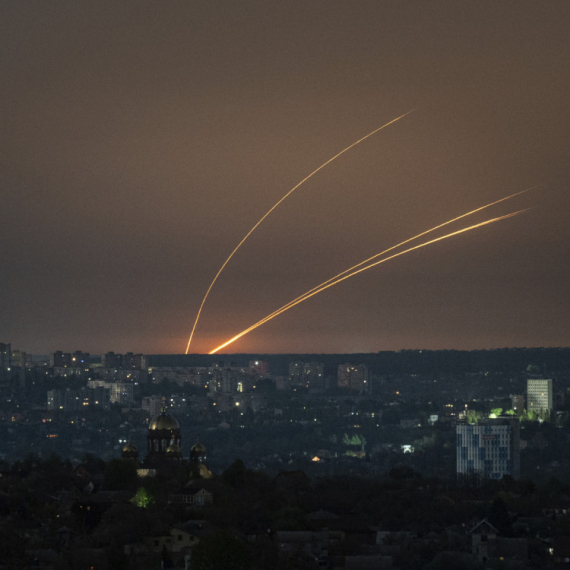



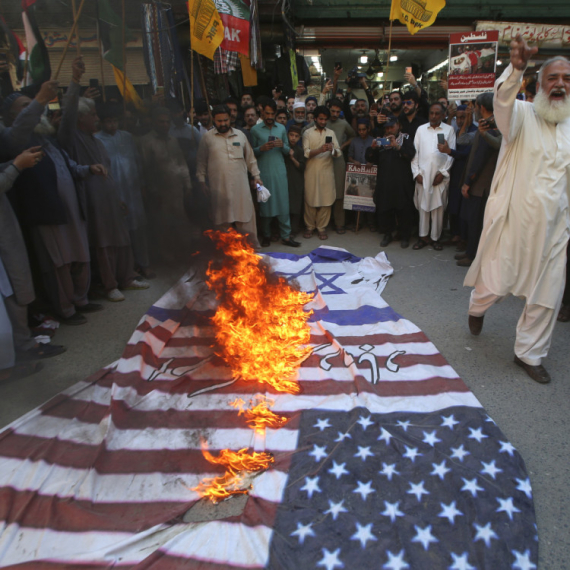























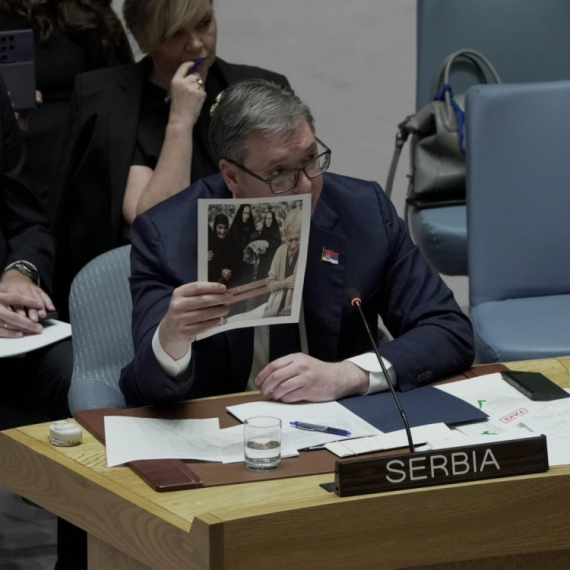
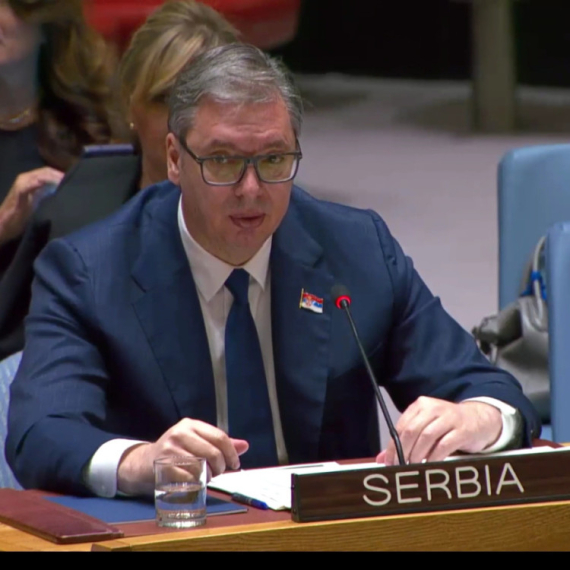










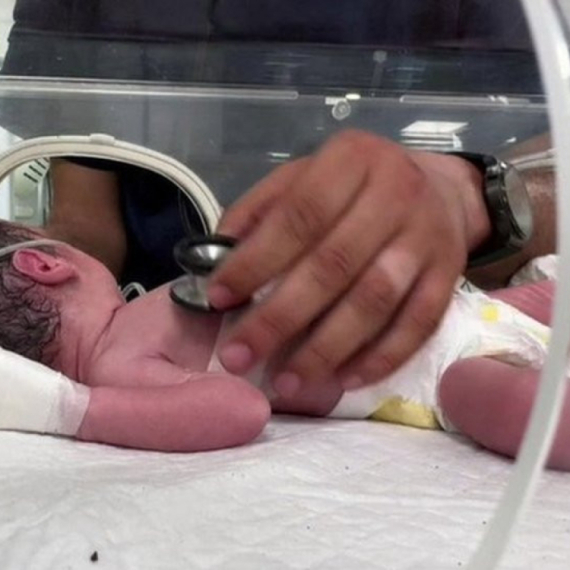

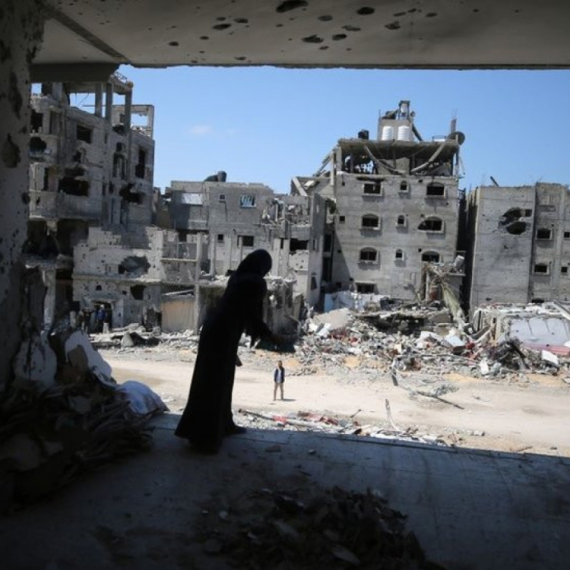



Komentari 4
Pogledaj komentare